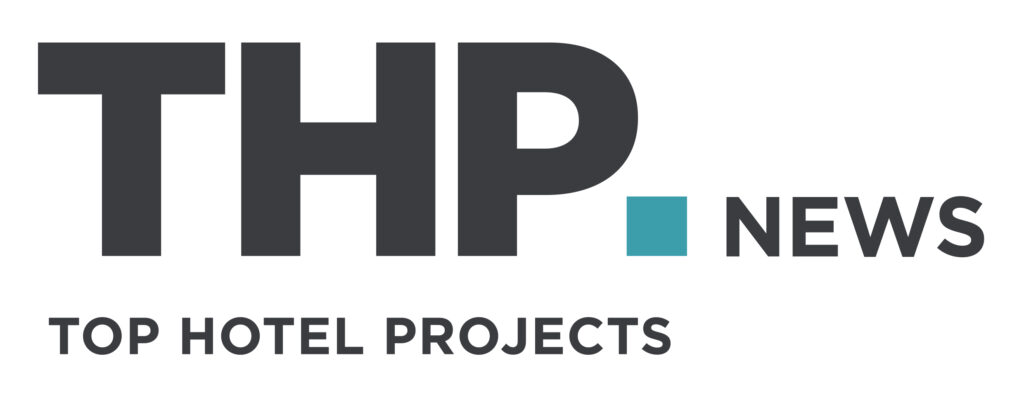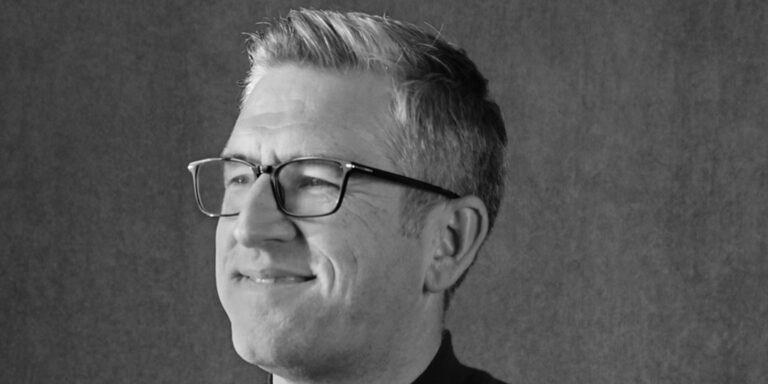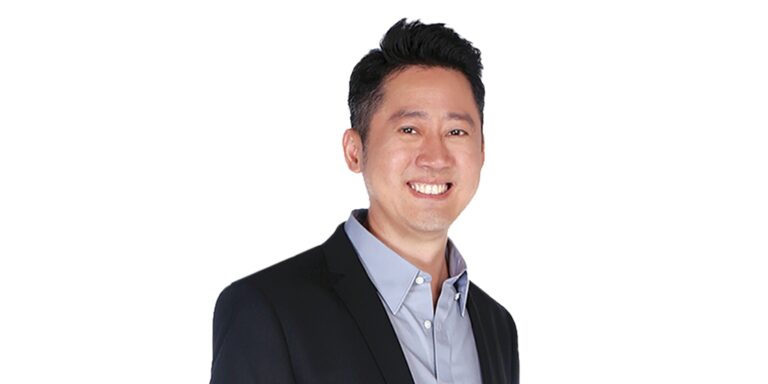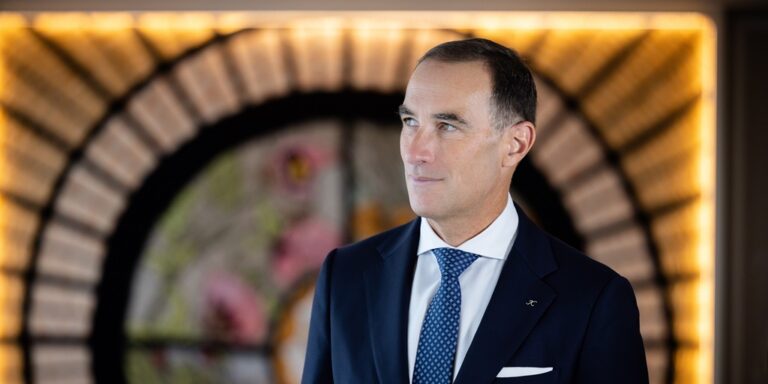The fresh company’s MD, Pieter van der Hoeven, sat down with us to discuss the reasons for the brand’s launch, plans for its first site and why it also decided to set up an advisory arm.
Why did you decide to launch Wafaifo?
Big hotel operators and most of their brands are well represented in Vietnam, perhaps overly so. A large segment of the travelling public seek a consistent American, British, Spanish or Thai experience overseas. They want the security of a brand that they know and trust. However, it’s an experience that is also homogenised.
There are some smaller innovative operators in Vietnam. They offer a more local experience, but they too end up offering a homogenised experience, with some Vietnamese characteristics.
Travel trends show that guests increasingly seek immersive local experiences and we have a number of excellent potential hotel options in the Hoi An area – greenfield and existing properties. When evaluating the likely value that international hotel operators bring to these sites versus doing something ourselves, it became clear that there was a gap in the market for an authentic Hoi An local experience. We therefore decided not to engage with larger international, over-represented hotel brands. We wanted to create our own brand that resonates with the essence of destination Hoi An.
What gap in the Vietnamese market are you intending to fill with your first resort?
Our research into domestic tourism opinions indicated that people in Hoi An offer the most natural and authentic hospitality in Vietnam. We want to celebrate that, and not constrain natural indigenous service with layers of brand standards that often take away the soul of an experience.
Hoi An people offer amazing natural hospitality. They also have an exciting and eclectic food culture. We will let them express themselves and not tell them that what we learned in Arizona or Perth is better. You can visit America or Australia for that. If you want to immerse in Hoi An, stay with Wafaifo. The gap is authenticity and allowing it to shine through in the service.
There is also a trend towards hotels becoming central cultural hubs of their communities. We are going to meet that demand.
What criteria will you use to choose your suppliers and project partners?
Our partners and suppliers need to be Vietnamese. If they cannot be Vietnamese, they have to show that they are committed to Vietnam. Committed means that they are established here, giving back to the community and that their senior leadership is predominately Vietnamese. At Wafaifo, we have Mikkel Krantz and myself. Our brief is to make ourselves unemployed by coaching local talent and guiding them – all the while ensuring that they offer a Hoi An experience. Mikkel and I will be the interface for them until we are no longer needed. Then we will happily sit back and play more golf as they take the business to new heights.
Why did you decide to develop a mall connected to the resort?
The drop-off point for all buses to Hoi An Ancient Town is adjacent to our land. We are a six-minute walk from the Japanese Bridge, the iconic centre of the ancient town. With the bus stop, it’s hard to imagine a better location for retail. Additionally, Hoi An has no real shopping mall of note. We plan to showcase the heritage assets of Hoi An in the mall.
How will your previous experience with brands such as Minor, Six Senses and Raffles influence how you advance Wafaifo as a company?
I have been fortunate to work with brands when they aimed to be indigenous, local, and true to a sense of place. When those ideals faded, due to growth and different goals, such as the expansion of brands, I moved on. I deeply respect companies that own their own hotels and are admirably loyal to the place they operate. This is the biggest thing we realised when we launched Wafaifo.
For example, if we ever happen to do a hotel in, say Nah Trang, further down the coast in Vietnam, it would not be called Wafaifo – ‘Faifo’ is the historic name of Hoi An – and it would not be based on Hoi An service standards. It would, instead, draw on what Nah Trang and its area does best.
We stand against the commoditisation of the hotel sector.
Have you got any targets for adding hotels or resorts to your group?
We own a number of properties we could convert when the time is right, and a prime piece of vacant land we are working on design for – all in Hoi An for the Wafaifo brand.
Which regions and market segments will you be focusing on for hotel development?
For the Wafaifo brand it is Hoi An in central Vietnam. We have no intention of joining in the commoditisation of hotels. If and when we venture outside of Hoi An we will create a collectible experience that truly reflects that destination’s local culture.
How will the Optimisers hospitality advisory element fit into your group?
International brands have an important role to play in the hospitality landscape, and we respect them, but distribution systems are now different. Brands don’t have the same leverage they once had over distribution. They have loyalty programmes, but we are not convinced of their effectiveness, because so much of the success of these programmes is based on how a property uses its programme. So with distribution now more in the hands of the property, the more important part of a stay becomes the authentic local experience. Guests also want peace of mind, that things will operate professionally. And they want internationally recognised safety standards.
So with Wafaifo Optimisers our goal is to show savvy owners, who know how to run a hotel and provide local experiences, that distribution can be in their own hands. They can offer a unique service tailored to market feedback. In comparison, big hotel brands are much less nimble. They often can’t meet the growing demand for local experiences. They are centralised in decision making. They are process driven, not experience driven. So Wafaifo Optimisers will be about giving owners the option of creating their own experiences for guests.
Why did you decide to produce a monthly market intelligence report?
In theory, big hotel brands should provide intelligence to their properties and hotel owners. How much they do provide is questionable. It is quite often left to the property to decide. Our clients want to be kept up to date with what is happening in the market – in this case, Vietnam and Indochina. We will provide these actionable insights. It is also a good discipline for ourselves to be kept up to date.
How do you see Wafaifo progressing in the coming years?
The Wafaifo brand represents Hoi An. Because we know distribution, our aim is to collaborate with partners and owners in other destinations too. We will create truly representative experiences for any destination. Our aim is that these will be superbly distributed – and more profitable for owners as they will not have to pay management fees. That is our vision of progress.






